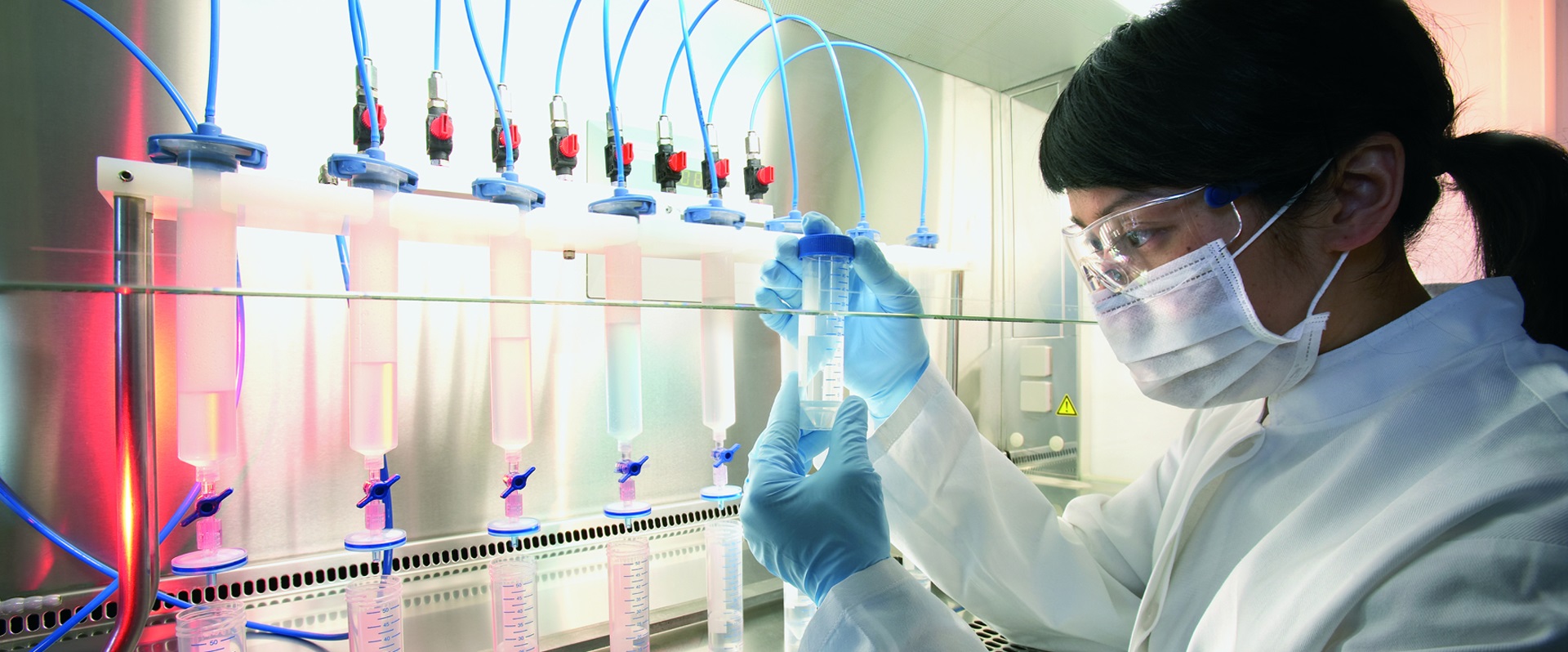In January 1989, Electricité de France (EDF), Gaz de France (GDF) and the National Institute of Health and Medical Research (INSERM) joined forces to launch one of the most important French epidemiological research projects: the cohort GAZEL. The partnership established between these large companies dedicated to public service and the largest French medical research organization aimed to set up a real human epidemiological laboratory, a scientific instrument at the service of medical research.
The scientific and technical responsibility for this project was entrusted to Unit 88 of INSERM (which has since become Unit 687, then UMS 11.
EDF and GDF offered exceptionally favorable circumstances for epidemiological observation. The population was vast and diversified according to many factors, and some 145,000 employees, spread across the country, exercised a variety of trades. The medical departments of EDF and GDF carried out comprehensive monitoring of the health of employees. Thanks to their status, EDF and GDF employees constituted a particularly stable population, which continues to be followed after retirement.
EDF and GDF's information infrastructure also offered considerable help for the epidemiological observation of EDF and GDF agents. The personnel services kept computerized files up to date allowing permanent monitoring of the personnel. As the retirement pensions are paid by the company, EDF and GDF employees remain in contact with the company. The medical services have also set up an information system allowing the permanent recording of the main health problems of employees, their working conditions and their occupational exposures.

